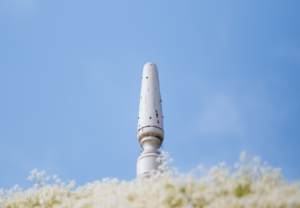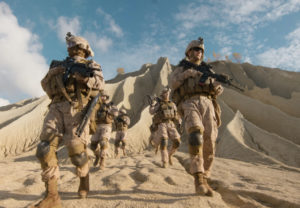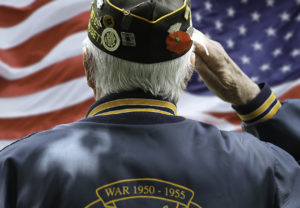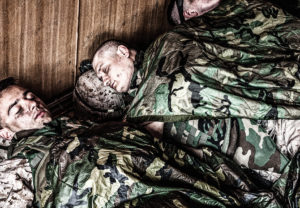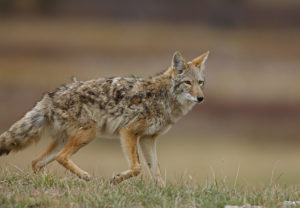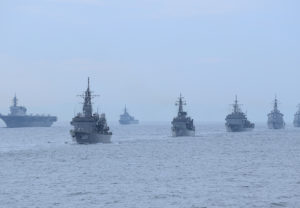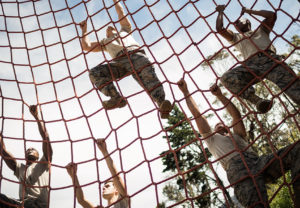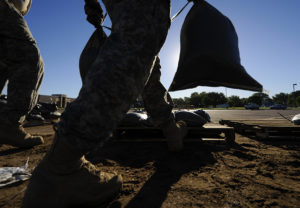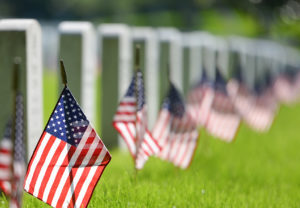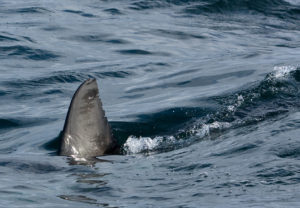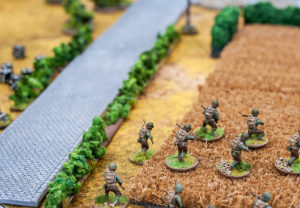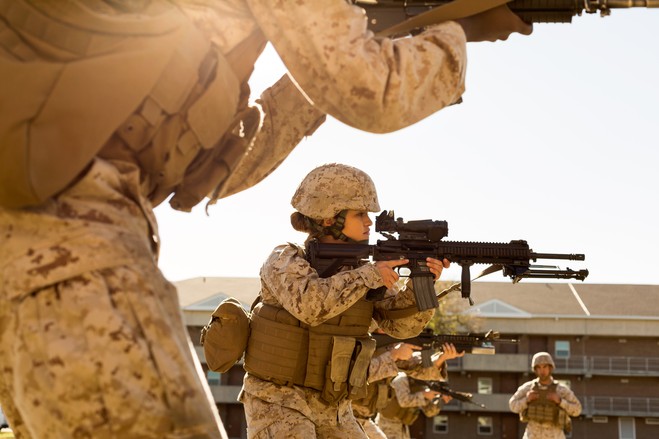While the Army Ranger School was busy testing and eventually graduating its first two female students, the Marine Corps spent nine months running a co-ed training course to evaluate how well female and male Marines would work together in combat situations. The hope was that the results of the experiment would help the Marines decide which combat positions to open to women by Jan. 1 and which to declare exemptions for.
At the beginning of the experiment, roughly two dozen women participated in infantry training. By the end, all but two had either dropped or were sidelined due to injury.
According to the Marine Corps Times, the experiment’s mixed results were a caused by a combination of women being physically unable to keep up with the training and perceived unequal treatment that divided units.
Similar to Ranger School, female participants in this training program came from noncombat units or directly from boot camp. Without any prior infantry experience to draw from, many women struggled to keep up with more experienced men and ultimately decided that an infantry MOS wasn’t for them.
“Over time, your body breaks down,” experiment participant Cpl. Janee Sheffield said. “Our backs were hurting. Out of 100 female Marines, I’m going to say a good 20 could do this.”
Despite the challenges, Marine leaders have identified many women who excelled at training and impressed their units. Even if only a fifth of female Marines could successfully complete infantry training, it’s better to have 20 excellent Marines than 100 mediocre ones.
“Every time a female would drop, it motivated the crap out of me to stay there,” said Lance Cpl. Callahan Brown, one of the two women to see the combat experiment to the very end. “Only 7 percent [of Marines are female] and so few even wanted to be in the infantry, and that’s all I want, is to be with the grunts.”
The Marine Corps is expected to publish a full report on the experiment and make its decisions regarding gender integration in the coming weeks.


